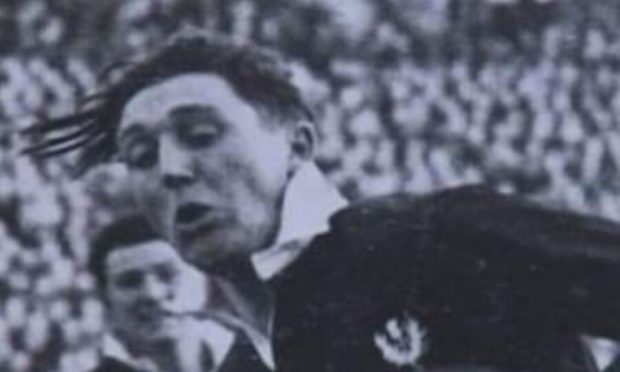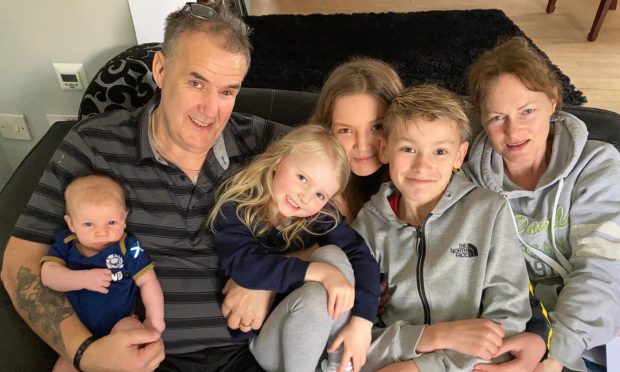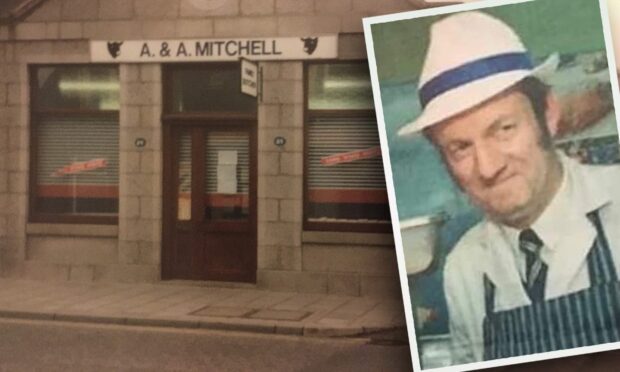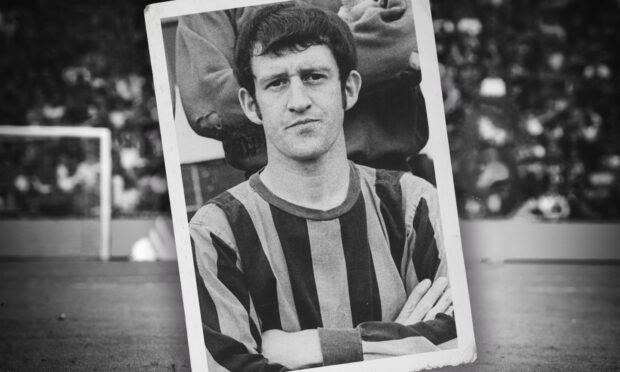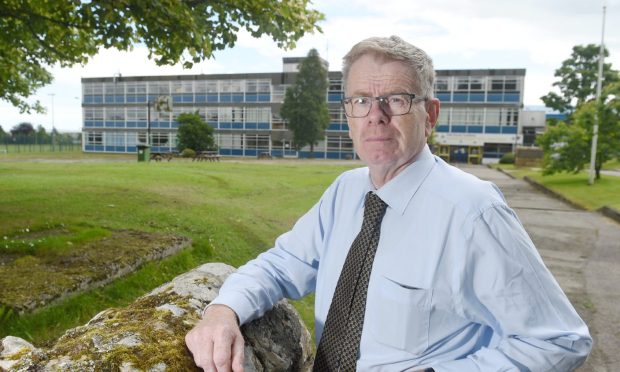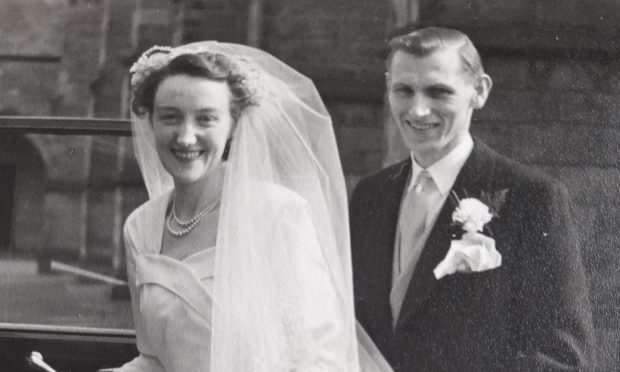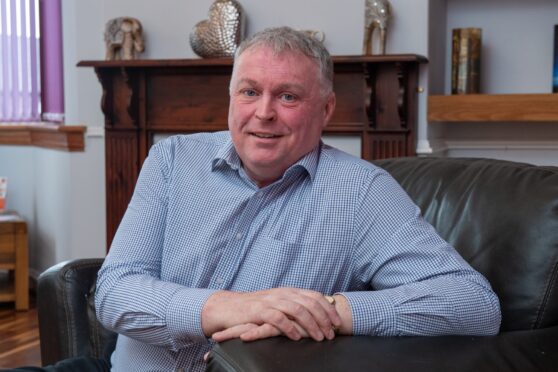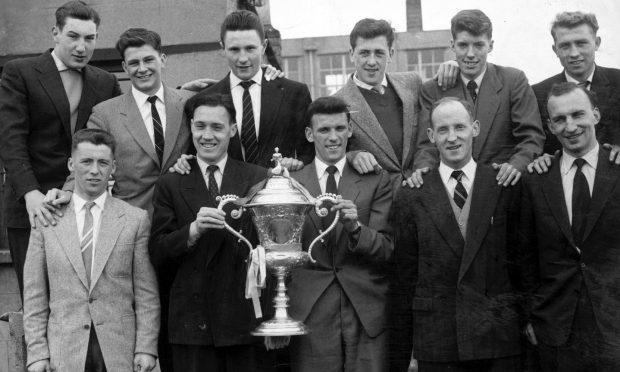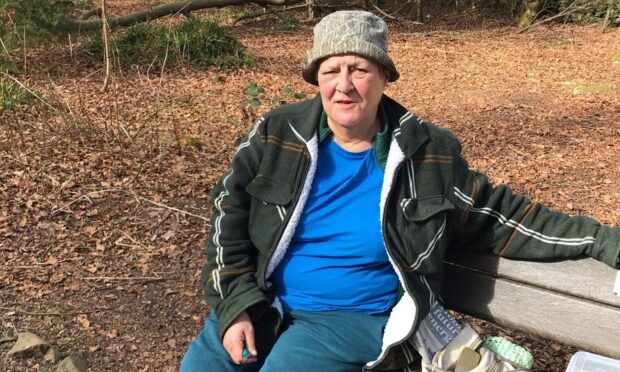David Rose was one of two Scots in the 18-man Great Britain squad to lift the inaugural Rugby League World Cup.
The Jedburgh-born player, also known as Davie, was immersed in the sport from a young age.
He started his career with junior team Jed Thistle and, aged 19, progressed to Jed-Forest in 1950.
Rose, who died on Sunday aged 89, stayed with the side for three years, earning seven Scotland caps during this period.
Initially a reserve, he earned his first international call-up in 1951, making his mark on the sport with two tries on his debut.
The “brilliant” efforts during the appearance were widely recognised despite Scotland losing the tie 12-14.
A match against Wales at Murrayfield followed, with Rose helping the side to a 19-0 victory.
He also faced teams from Ireland, England, South Africa during his career – though the Murrayfield match proved to be his only victory for his country.
His career changed track in 1953 when he switched from rugby union to league side Huddersfield.
After a season and a half, he moved to Leeds Rhinos, who were in search of a new wingman.
While he was settling into the squad, the first ever Rugby League World Cup was announced, with Rose picked as one of an 18-strong side.
In front of a 35,000-strong crowd, the Great Britain side triumphed 16-12 over France in the final of the competition.
Returning to club action, Rose suffered a broken leg in his first game back with Leeds, ruling him out for the season.
And while he made 13 appearances the following year, he had to hang up his boots soon after on medical advice, with the injury still causing problems.
Rose followed up his playing career by marrying wife Doreen and working in the textiles industry.
The couple moved back to Jedburgh in 1974 with children Neil, Aileen and Diane.
Scotland Rugby League is saddened to hear of the passing of rugby league legend David Rose.
The winger from Jedburgh was a part of the Great Britain side that won the 1954 Rugby League World Cup, scoring 4 tries in the tournament.
📸: David with our 2013 RLWC Squad pic.twitter.com/0D5aUDCV45
— Scotland Rugby League 🏴 (@scotlandrl) February 1, 2021
Jed-Forest President Paul Cranston said: “Davie was still a keen follower of Jed-Forest who still thought deeply about the game and he will be sorely missed not only at Riverside Park but throughout the rugby world of both codes.”
In a statement, Scottish Rugby said: “When people in rugby clubs discuss who is the greatest ever Jed-Forest player, there are some obvious candidates.
“Roy Laidlaw, Gary Armstrong and Greig Laidlaw spring to mind to name three.
“But Davie Rose is undoubtedly in that category and might just sneak it by virtue of that World Cup winner’s medal from the Parc des Princes all those years ago.
“Scottish Rugby extends its sincere condolences to Davie Rose’s family and many friends.”
Scotland Rugby League added: “Scotland Rugby League is saddened to hear of the passing of rugby league legend David Rose.
“The winger from Jedburgh was a part of the Great Britain side that won the 1954 Rugby League World Cup, scoring four tries in the tournament.”
